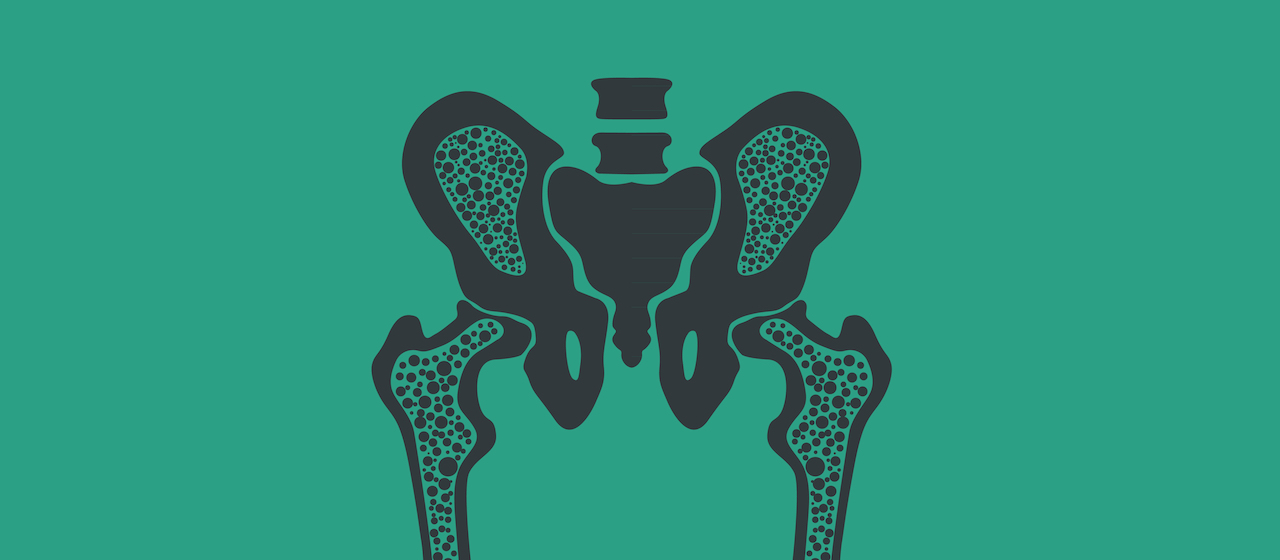Remember your mother telling you to drink your milk for strong bones and teeth? Was it true? What does science tell us? Today, we unpack the truths and myths of osteoporosis.
What is osteoporosis?
Osteoporosis is a disease in which the density and quality of your bones is reduced. Your bones literally “thin” out and become brittle, increasing your risk for bone fractures. But there’s still much confusion about the silent disease.
Myth 1: It’s not a common disease.
Fact: Osteoporosis is responsible for more than 8.9 million fractures annually, resulting in an osteoporotic fracture every three seconds.
Myth 2: Only women get the disease.
Fact: Osteoporosis affects men too. In fact, one in five men will develop the disease.
Myth 3: Osteoporosis only affects the elderly.
Fact: Osteoporosis can affect both women and men in their mid-30s or even earlier.
Myth 4: A lack of calcium causes osteoporosis.
Fact: Inadequate calcium intake is a risk factor, not a direct cause of osteoporosis. Other risk factors include smoking, drinking, being unfit, low testosterone levels, and a low body weight.
Myth 5: If I drink a lot of milk, I won’t get osteoporosis.
Fact: Milk and other dairy products are a main source of calcium. Calcium is one of the most important nutritional building blocks in our body, so yes drinking milk is a good way to meet your calcium needs. But it isn’t the only way. Other foods rich in calcium include canned sardines and salmon, collard greens, kale and broccoli.
Myth 6: Calcium is the only important nutrient for bone health.
Fact: Vitamin D is also essential as it helps your body use calcium. If you don’t get enough vitamin D, or if your body doesn’t absorb it well, you have a high risk for osteoporosis. Your skin makes Vitamin D when it’s exposed to the sun. It can also be found in beef liver, eggs, cheese, fish and fortified dairy products.
Myth 7: My mother has it, so I will get it too.
Fact: A close relative who has had osteoporosis or an osteoporotic fracture can increase your risk for osteoporosis. That doesn’t mean you’re doomed to developing the disease. Osteoporosis is preventable, and it’s important to take preventative methods as early as possible.
Myth 8: Belly fat can protect against bone loss.
Fact: For years, it was believed that obese women were at lower risk for developing osteoporosis, and that excess body fat actually protected against bone loss. But research shows that having too much internal abdominal fat can have a damaging effect on the health of your bones.
Myth 9: Osteoporosis drugs are all you need to build bone mass.
Fact: Besides taking your medication, exercising, following a healthy balanced diet, reducing your alcohol intake, and stopping smoking can go a long way in improving your bone health.
Myth 10: It’s too late to do something about osteoporosis once you have it.
Fact: It’s never too late. With the right medication and healthy lifestyle choices, you can slow the progression of the disease and lower your risk for fractures.
Work your bones
Exercise can help strengthen your muscles and improve overall bone health. Weight-bearing exercises like walking, running and climbing stairs, are particularly effective in helping build bone mass, increase bone density, and slow down age-related bone loss. Weight training also helps strengthen bones and muscles, which in turn reduces the risk of falls, fractures and broken bones.

